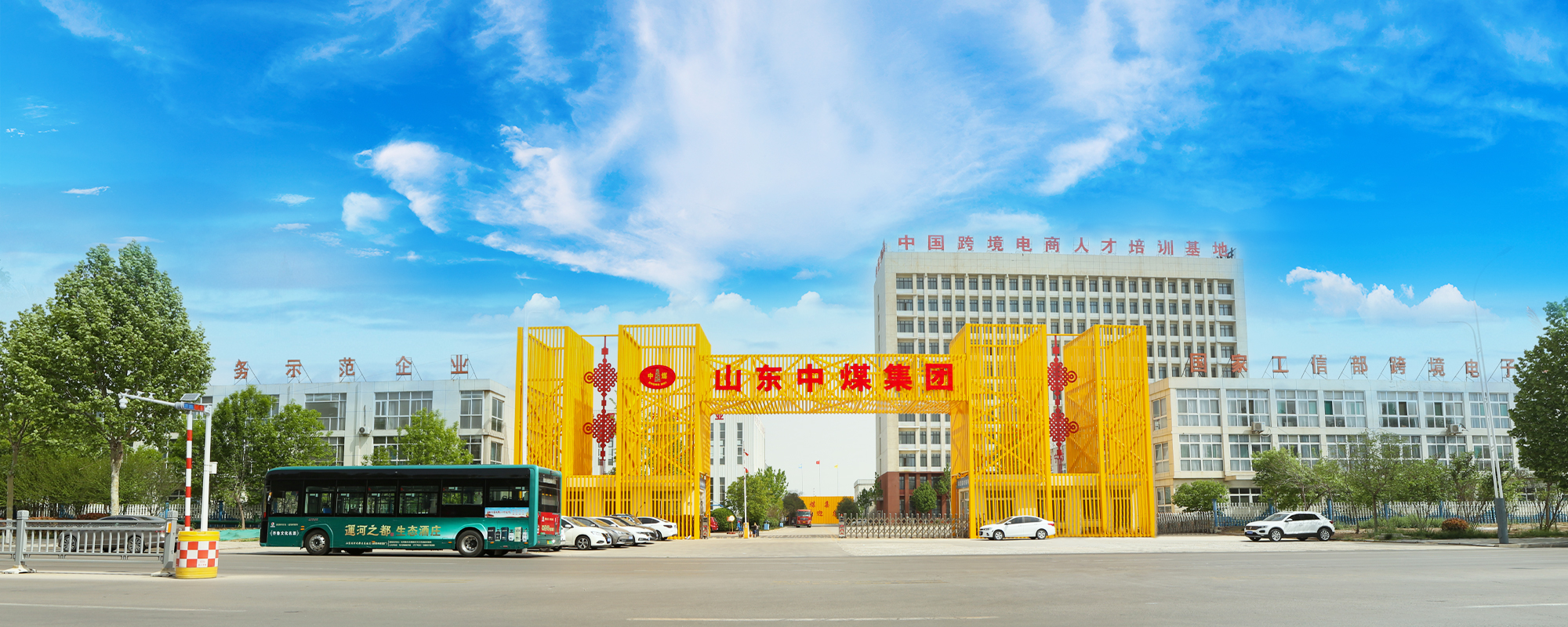
Shandong China Coal
Industrial & Mining Supplies Group Co., Ltd.
+86-17753785400 contact@chinacoalintl.com


Ridging film mulching technology has been widely used in today's agricultural production, strawberry greenhouse, vegetable base, can see its shadow. However, when planting rice, it is also covered with plastic film. Have you ever seen it?
In this year's transplanting season, the transplanting technology of ridging film mulching machine was put into use for the first time in Chongming's "two no chemical" rice base, helping to fight against "grass damage" and increase production and income.
On the afternoon of June 5, the reporter came to the rice production base of Wanhe farm in Zhongxing Town, Chongming, and saw only one transplanter working in the field. Among them, there is a transplanter working in a different area than other areas, not only planting seedlings, but also covering a layer of black plastic film. This area adopts the transplanting technology of ridging film mulching machine, which is a new technology introduced this year to solve the problem of "grass damage" in Wanhe farm.
In 2018, Chongming actively benchmarked to the highest standard, planting 10000 mu of "two no chemical" rice without chemical pesticides and chemical fertilizers for the first time in the region, boosting the upgrading of green rice industry. Wanhe farm is one of the five "two no chemical" rice production bases in the region.
"Two no chemical" planting brings high quality agricultural products, but also puts forward higher requirements for agricultural production. Because herbicides can not be used, the "grass damage" has a great impact on the yield of rice. The reporter learned that in order not to let the grass "bully" the seedlings, Wanhe farm had to send more people to weed manually. However, the control effect was not very good. The grass grew faster than the seedlings, occupied the growth space of the seedlings, and robbed the light and nutrition.
A common transplanter, after some small transformation, can realize the function of mulching. After mulching the field, only the seedlings can be exposed without being affected. It is reported that within 60 days after the seedling is planted, it is most affected by "grass damage", and the growth of weeds can be effectively inhibited after mulching.